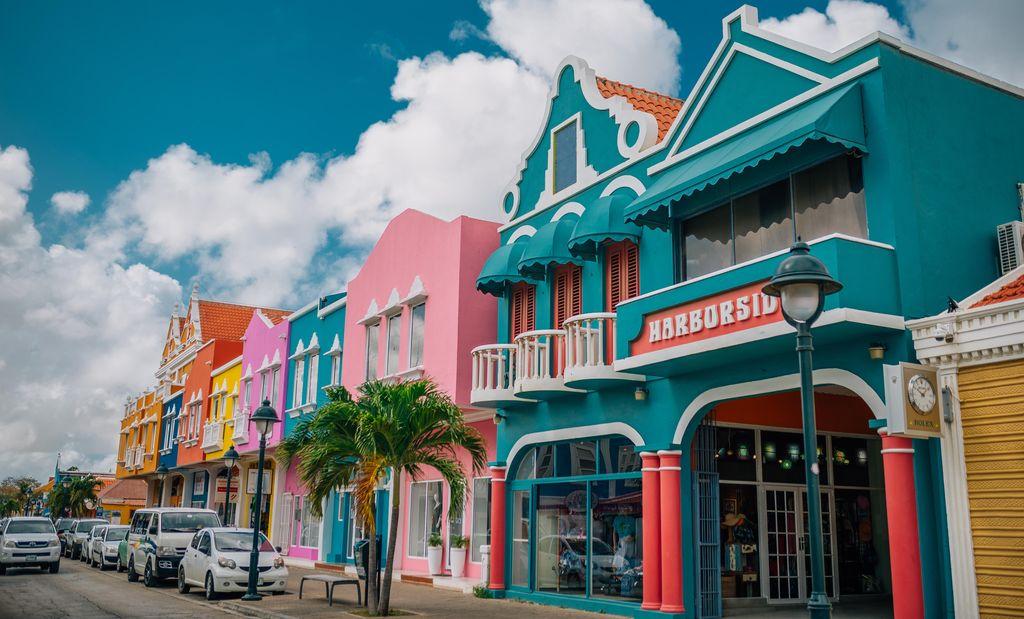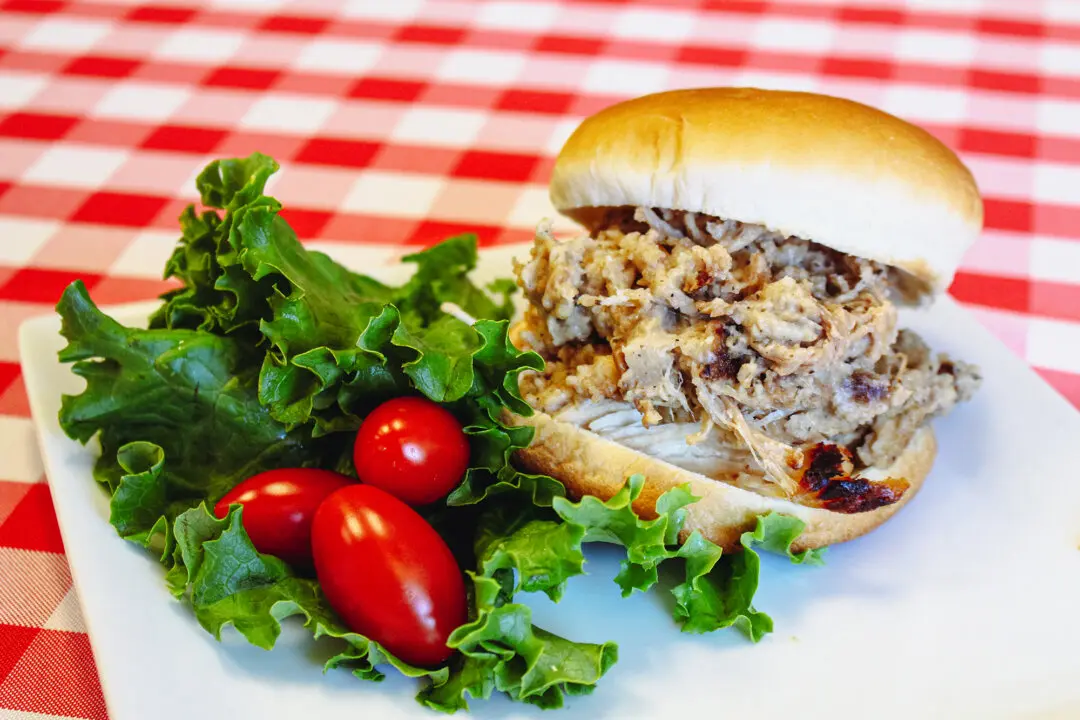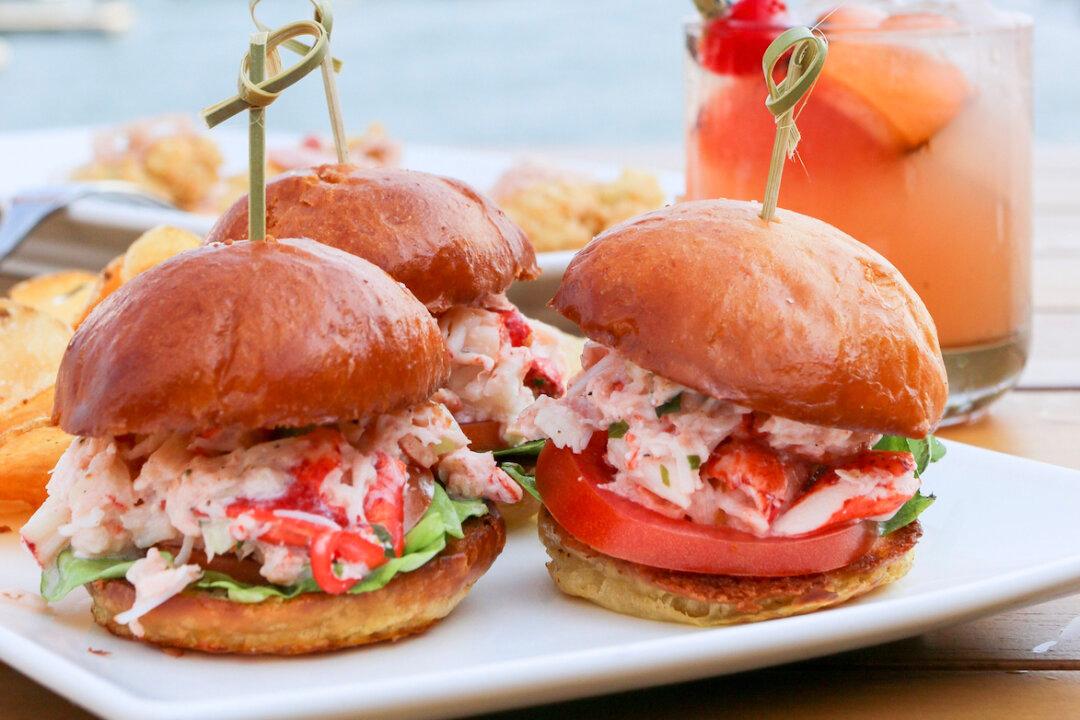Most scuba divers in the Western Hemisphere know Bonaire as a bucket-list underwater destination. Conditions are also excellent for windsurfers; the island is home to the Caribbean’s first kiteboarding school. But when I told friends I was heading there, many had no idea where it was. One even asked me if I meant a town in Georgia. Um, no. I traveled to Bonaire with no dive or surf intentions, wondering if the little island would be worth the time beyond its two best-known activities.
A Dutch Island
It’s the B in the ABC islands, along with Aruba and Curaçao. (Though from left/west to right/east, they’d actually be the ACB islands.) Just 24 miles long and 3 to 7 miles wide, Bonaire is midway between the two others in size and farthest out to sea. That’s under 60 miles off Venezuela’s northern coast. It’s a municipality of the Netherlands. While Dutch is the official language, the lingua franca is Papiamentu, a language soup of Spanish, Dutch, English, Portuguese, French, Caribbean Indian, and various African languages. English and Spanish, however, are also widely spoken and understood.All of Bonaire’s surrounding waters, from the high-tide mark out to a depth of almost 200 feet, are protected by Bonaire National Marine Park. The organization that maintains the parks, STINAPA (Stichting Nationale Parken), charges a fee for all visitors who enter the water, whether snorkeling, swimming, or merely wading along the shore. It also applies to the landlubbers exploring Washington-Slagbaai National Park in the north.





